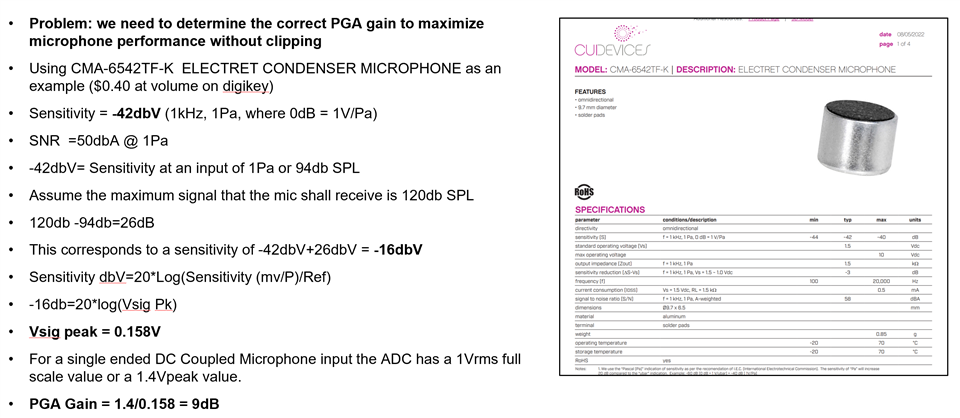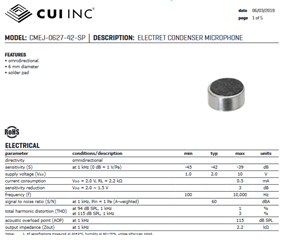Other Parts Discussed in Thread: AM5728
Hello TI Team ,
We are using AM5728 with Audiocodec TLV320AIC3262 for VOIP related application. When configuring the device for human voice, it was seen that at higher volume and high pitch the voice is cracking / shrill kinds. Especially for female / high pitch voice, the clarity in sound is not there.
The voice samples are attached. Also the device configuration used is attached. Please suggest how to configure the device for such scenarios.
There was also one observation, while experimenting with the device for the various parameter values like DRC , AGC , it was seen that some value when programmed, does not revert back. The entire platform software and drivers need to be reloaded to get back the system to the initial state. The parameter which was tried to be altered changes the system to an irreversible state. There is not specific parameter that causes such a behaviour but many audiocodec parameters. Kindly suggest.
Best RegardsAudioCodec_register_settings.docvoice-issue-3.13.m4avoice-issue-3.13-2.m4a






